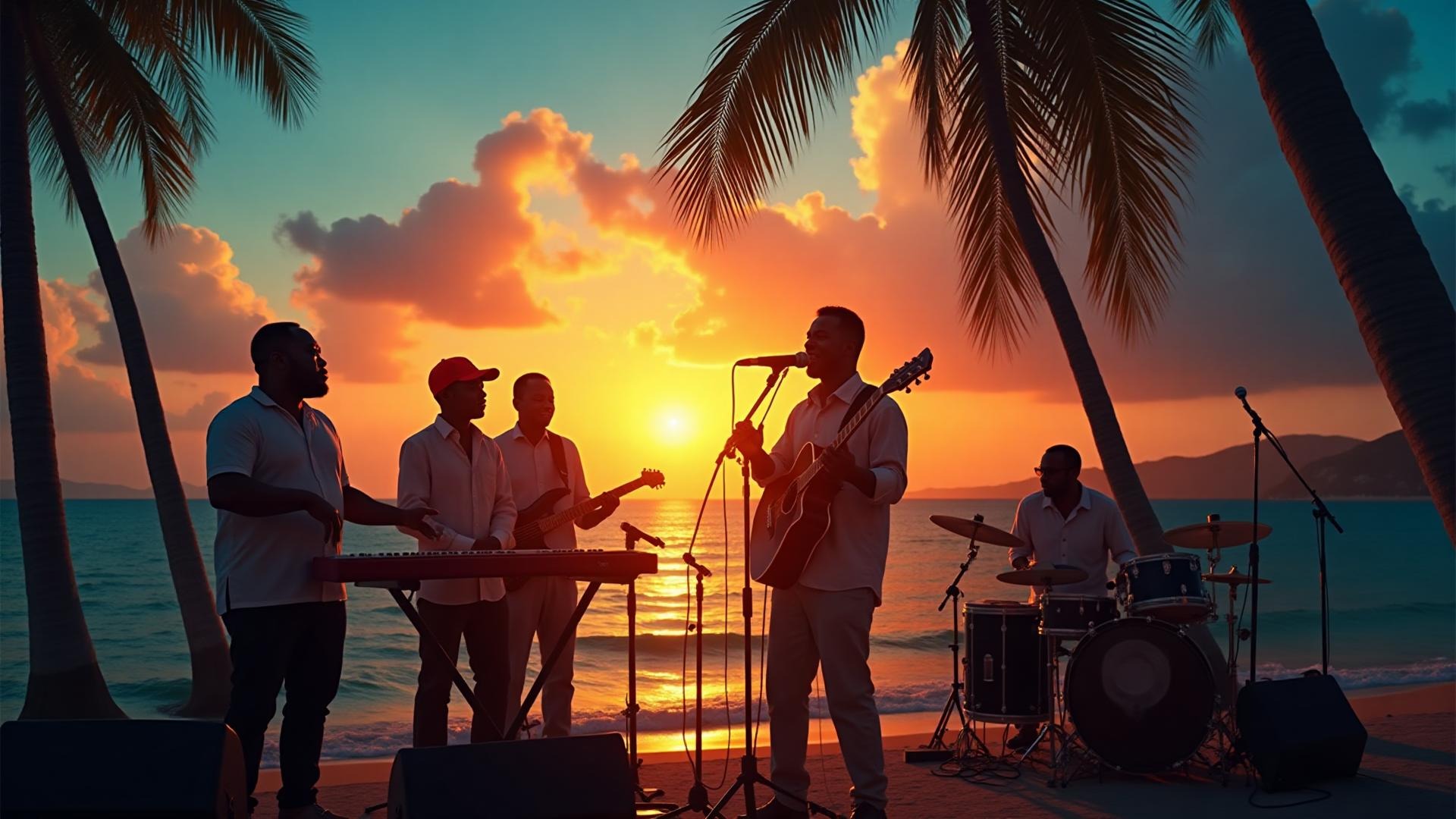
CGAA Resources
Empowering Caribbean Gospel Artists with tools, guidance, and opportunities to grow their ministry and reach
Artist Showcase
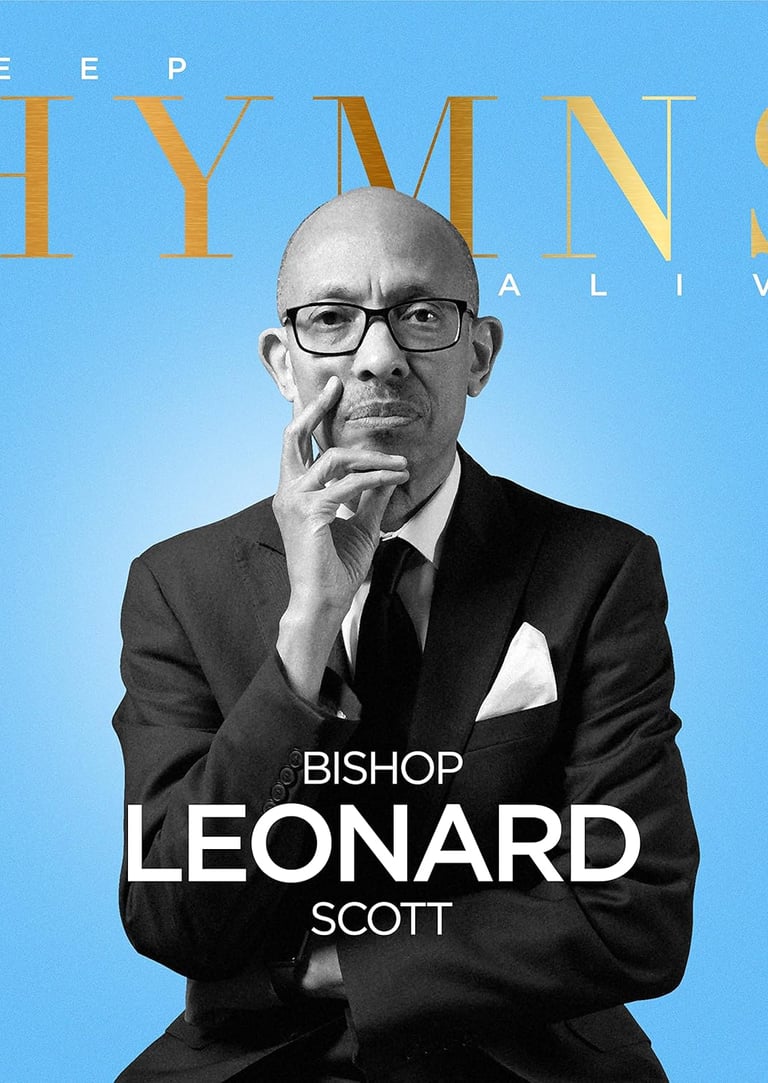

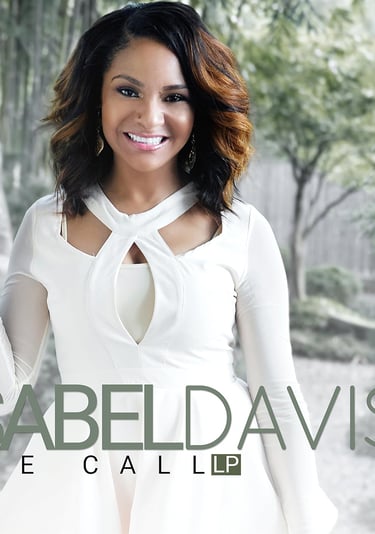

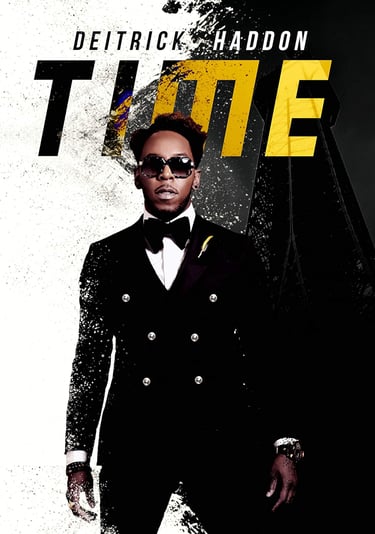

Discover the incredible talent of our featured artists as they share their unique voices, creativity, and passion through music. The Artist Showcase highlights inspiring journeys, powerful performances, and original works that connect with audiences worldwide. Each artist brings a fresh perspective and energy, creating a space where artistry and authenticity shine.
What does an artist manager do?
An artist manager’s job is multifaceted and broad in scope. In essence, their primary duty is this – to create opportunities. It’s their task to devise and execute a strategy. To facilitate the artist to excel artistically, in some cases even streamlining their personal lives.
To connect them to the right people. To create a state of order from which creative work is easily done. To bring the right people on to the artist’s team, for the right reasons, at the right time. To make the decisions that the artist doesn’t want to make. To give the bad news that the artist doesn’t want to spread.
A good manager has a plan for an artist and will do everything in his power to make that a reality.
That entails coordinating and streamlining the efforts of everyone working for an artist; agents, publishers, label A&Rs, PR people and others. It also entails making countless of sales calls and pitches, negotiating contracts and relentlessly pursuing opportunities – even when the odds are slim.
Managers need to truly believe in their artists. It’s necessary for the job. To endlessly sell and receive NO for an answer most of the time – and to get right back up and keep on selling. To be an objective sounding board for the artist, being able to say so when a product or track isn’t good enough. To be critical to the outside world – filtering out the nonsense and telling people how it is. With tact. And then still maintaining that belief in the inevitable success that’s coming in the future.
Artist-manager relationships become very personal over time. I think it’s a necessity. The best managers are involved artistically, helping curate and develop the musical content and branding. These things concern creative ideas, which are very personal in nature. For artists to receive and appreciate feedback from a manager, it’s necessary to establish trust but also to have respect for each others’ authority on certain subjects. I can be critical about certain things to my artists, because they respect my opinions on those matters.
We can help with all types of contracts
Producer Agreement
Artist or Band Partnership Agreement
Management Agreement
Artwork Ownership Agreement
Artist Checklist
Artist Partnership Agreement
Songwriter Split Agreement
Master Ownership Agreement
Video Ownership Agreement
Artwork Ownership Agreement
Producer Agreement
Recording Studio Agreement
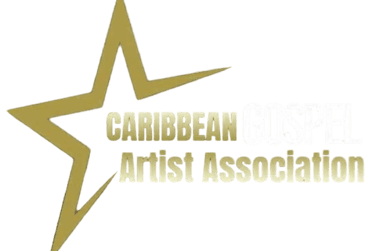

Understanding Physical & digital royalties.
Artist royalties, or royalties in short, are the monies owed to an artist for the use of a master recording. The label pays these to the artist.
No matter what type of deal you’re signing, even if it is with a digital label that is only distributing your music as a free download, the agreement should include language for both digital and physical royalties. You want to make sure that you’re entitled to monies and have negotiated a fair share, should the label eventually decide to make CDs or distribute digitally.
The calculation of royalties should be specified in the agreement. You want these to be based on Net PPD (published price to dealer), or in other words, the wholesale price after store and distribution fees. This applies to both physical an digital.
So when a track is sold to iTunes for $0,99, iTunes takes off 30% (about $0,30), leaving $0,69, of which a label’s distributor might take 15% (about $0,10), making the Net PPD $0,59 – this is the money that is split between the label and artists based on the royalty rate.
One of the most important aspects of your deal is negotiating a fair royalty rate.
Labels often enter these negotiations with a low royalty rate, serving as an anchor for future discussions. The larger entities often have a company culture that encourages this, rooted in the old business model of the industry (where the margins on physical sales were huge). In my experience, the forward thinking independents are usually much more forthcoming.Your expected outcome should be varied based on the type of label you’re dealing with. With majors, royalty rates of 20-25% on physical and 25-35% on digital are common. With indies, even larger ones (such as Armada, Spinnin, Monstercat), digital rates of 40-50% and physical rates of 20-30% are fair.
Things every Artist should be doing..
Social Media Calendaring
Defining Your Target Tour Markets
Website Optimization & SEO
Marketing Platform Selection and Best Practices
Best Practices For Getting Followers, Fans, and Plays on Spotify
Spotify Playlisting Strategies
Pre-save Campaign Techniques
Email List Management & Growth
Crowdfunding & Patron
How to choose the Perfect Merchandise for Your Fans
Performing Rights Organizations (ASCAP, BMI, SESAC)
Stay at Home Strategies to Attract Fans Without Leaving Your Couch
Crowdfunding Coaching
Customized Patron Planning and Growth
Music Conference Matchups
Ready to Transform Your Ministry?
Join hundreds of Caribbean gospel artists who are already using CGAA resources to grow their reach and impact communities across the region.



